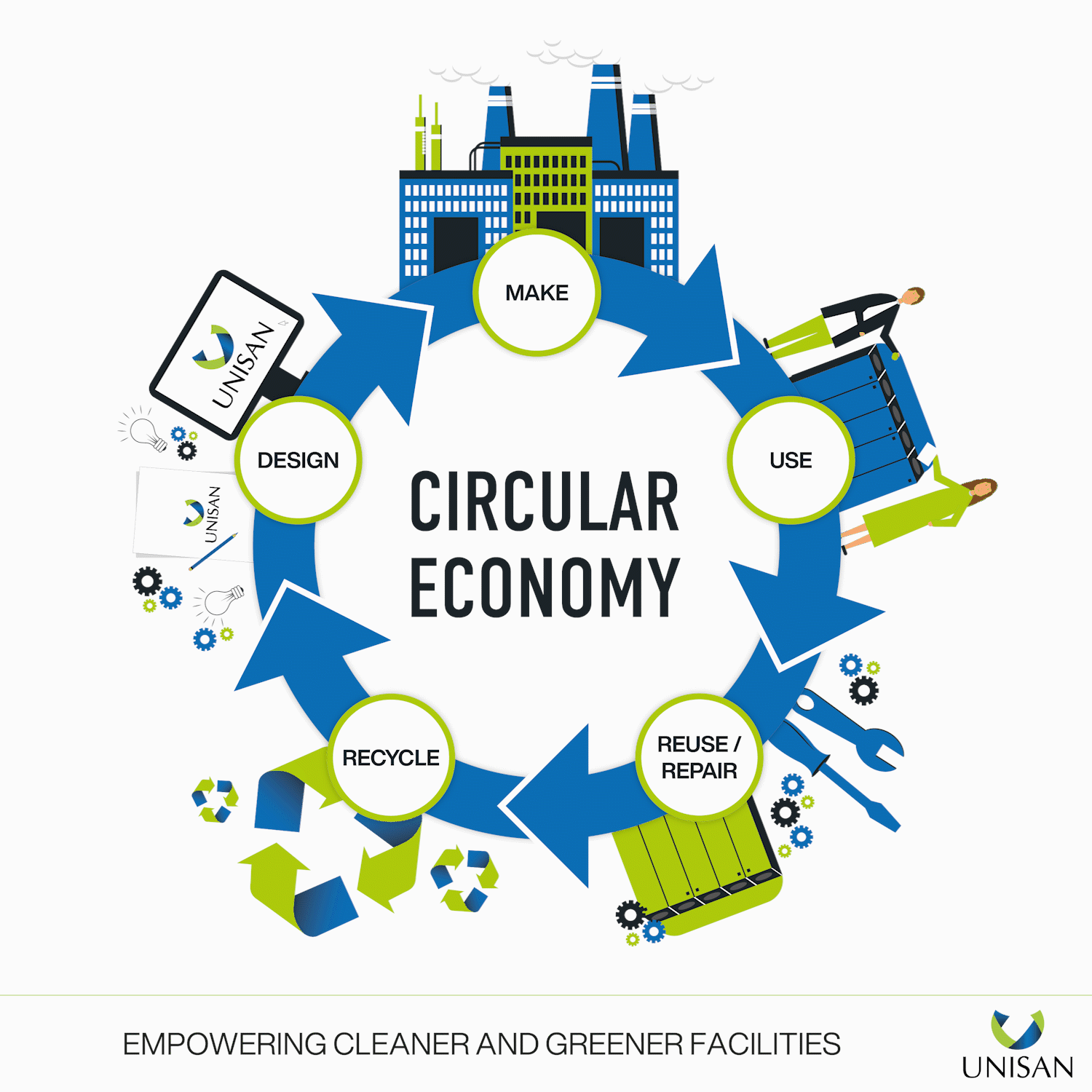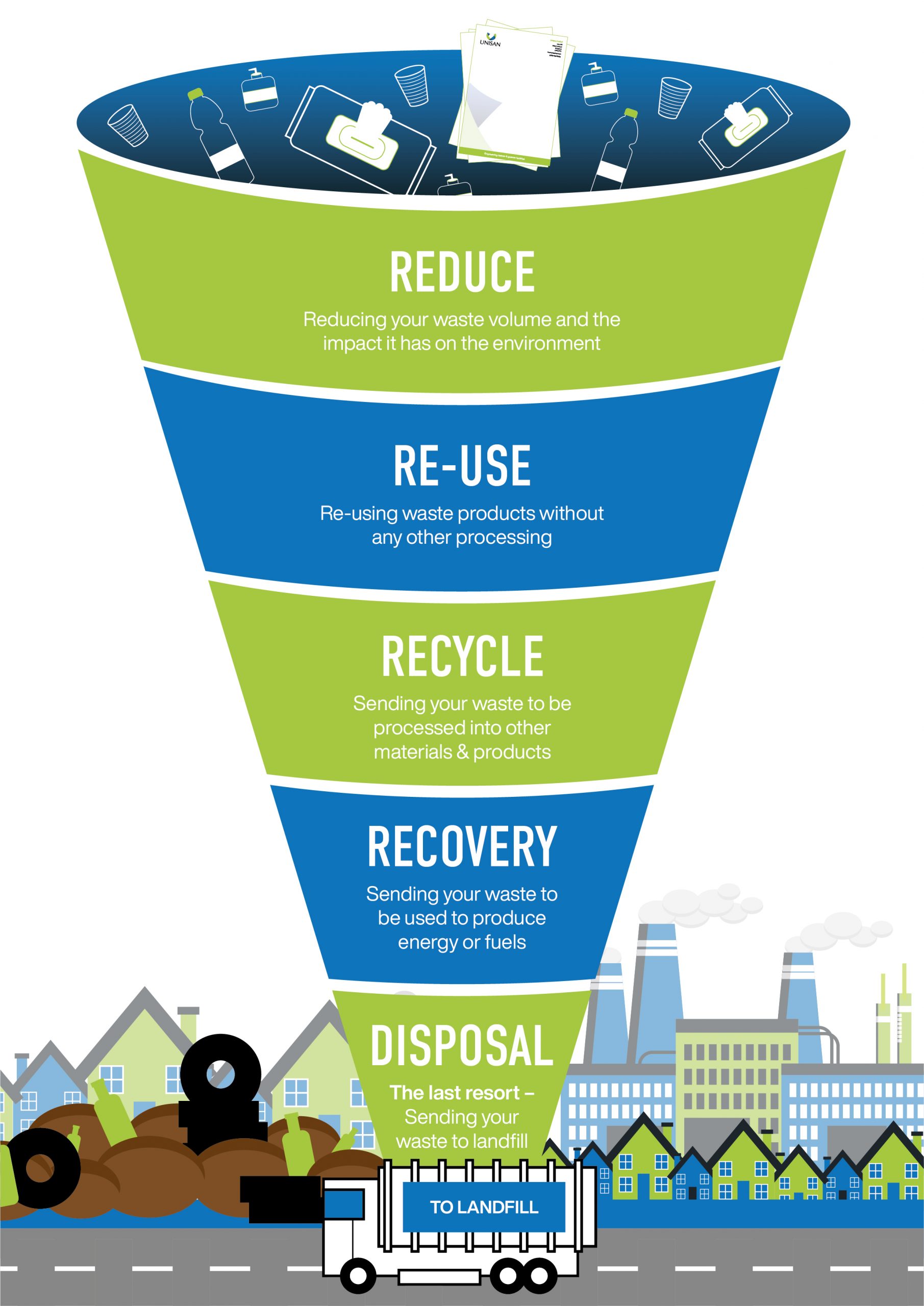You may hear a lot about recycling more to be more sustainable or ‘greener’, but do recycling bins actually help the environment? Let’s find out…
Recycling has long been considered one of the best ways to make a positive impact on preserving and protecting the environment. Recycling is the reprocessing of rubbish to create new products, and it has led to an enormous reduction of waste worldwide. It is not only important to the natural environment, but to humans also and the future generations – we must act fast because the amount of waste we create is increasing year on year. The world’s population continues to grow, which means the production of rubbish grows with those numbers. Waste that is not recycled sits in the ever-growing dumps and landfills.
To understand how recycling can help the environment, you must understand how overflowing landfills are harming the environment.
LANDFILLS
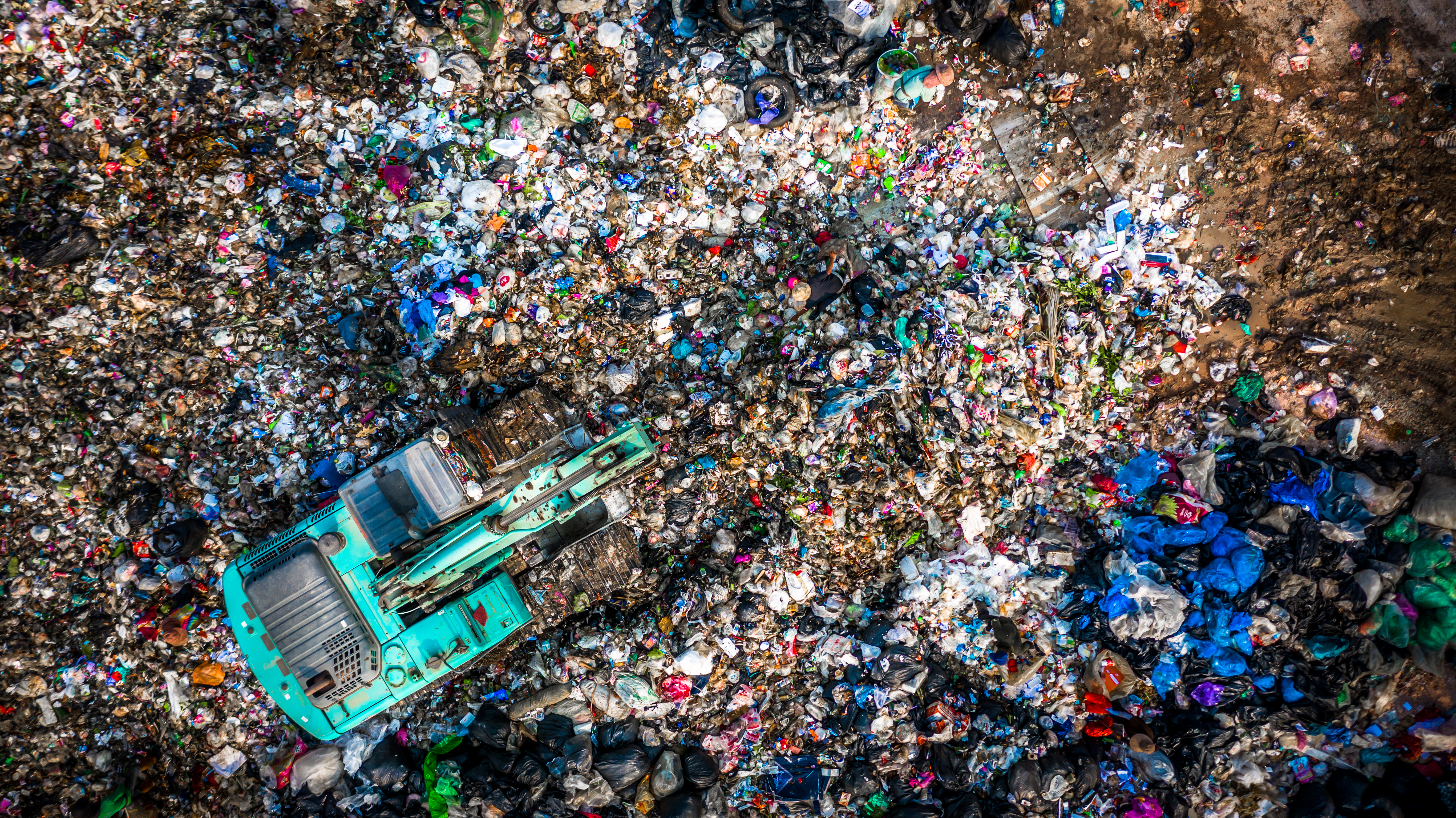
What are landfills? A landfill site, sometimes called a tip or rubbish dump, is a site for the disposal of waste materials. Landfill is the most common form of waste disposal, and has been used for many years. It is either dumped on the ground, or used to fill a large designated or unwanted hole. Landfill sites contain both household and commercial rubbish. The decaying rubbish produces weak acidic chemicals which combine with liquids in the waste to form leachate and landfill gas, which can be toxic.
Animals, plants, and future generations are all facing the chronic effects of landfill. The food waste found in landfills attracts birds, mammals and rodents alike to feast on leftovers, however it is often not suitable for animals, and can even give them food poisoning.
As well as changing animal habitats, landfills are also destroying their natural habitats. Cutting down trees and clearing land to extend our landfill sites is wiping out the homes of hundreds of different species. Loss of habitat is one of the largest threats to 85% of the species in the International Union for the Conservation of Nature (IUCN) Red List, according to WWF.
Not only do landfills have a direct effect on animals, they are having an indirect effect on them too. Waste sent to landfill is often overloaded with chemicals that can disturb plant growth in nearby areas if it leaches into the ground. The chemicals contaminate plants and waters, and as scary as it sounds, this contamination at the very origin of the animal hierarchy means that all species in the food chain could be affected. Read our full blog post here on landfills, to learn more.
RECYCLING
People produce waste, It’s a fact of life we cannot change. Whether produced at home or in a business setting, 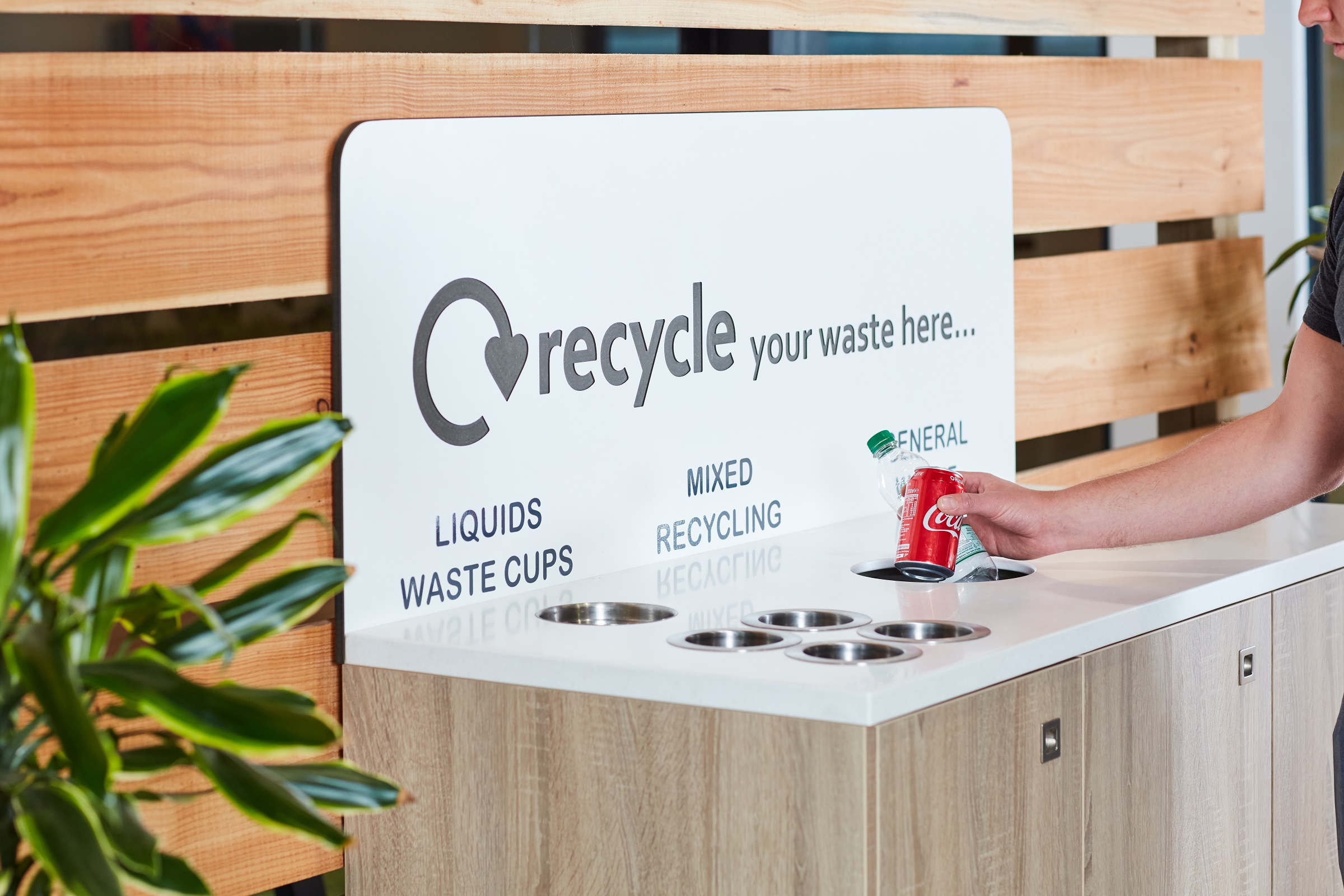 waste is waste, and it’s our duty of care to do something about it. Giving as much attention to recycling as possible in your business and homes means the material can be reprocessed into something else, therefore reducing the amount you send to landfill. Recycling can therefore make a huge difference in saving the environment.
waste is waste, and it’s our duty of care to do something about it. Giving as much attention to recycling as possible in your business and homes means the material can be reprocessed into something else, therefore reducing the amount you send to landfill. Recycling can therefore make a huge difference in saving the environment.
In recycling, rubbish is not simply reused, instead it is transformed back into a usable item. This valued process totally removes the waste from the environment and alternatively adds a newly created product.
Less energy is required when the item is produced the second time around, meaning it results in less damage to the atmosphere, which is another way recycling bins can help the environment. This is because new / raw materials are not required and don’t need to be formulated as they already exist in the form of the rubbish. As a consequence, recycling is thought of as green or environmentally friendly in numerous ways.
Conservationists point out that energy and waste saved during recycling considerably reduces the creation of greenhouse gas emissions, meaning it has a positive effect on climate change by further reducing carbon emissions associated with the original manufacturing process.
You may have heard of the term Zero waste. It means you strive to use as little single-use plastic as possible, instead opting for sustainable and reusable alternatives, consequently sending as little as possible to landfills, which can damage the environment and natural habitat around them. Read our blog post on zero waste here, to find out more about what it means.
Circularity is a logical solution in a resource constrained world. Creating a more circular workplace can bring a wide range of financial, environmental and social benefits to your organisation. A circular economy is a welcome alternative to a tradition linear economy. Without a circular economy, we are regularly taking resources from the earth, then sometime after dumping them back in a hole in the ground. Natural resources are so valuable, we can’t afford them ever running out! So instead of discarding these resources, creating a circular economy means reusing items or sending them to be recycled, so they can be resumed fully back into the system.
Benefits to the Consumer
Not only are sources of raw materials undisturbed in the recycling process, but less energy is consumed during reprocessing than in the original manufacturing process. This is an added bonus for the environment and for the consumer.
Recycled goods are less expensive to create, which means the consumer benefits from a cost perspective. This is because not as much energy is required, and the costs involved with sourcing, extracting and transporting raw materials is avoided.
Proper Collection
The first, and perhaps most important step of the recycling process, is proper collection. Discarded rubbish needs to be properly sorted out into designated waste streams so that it can be reprocessed and turned from waste into valuable products.
Common bin categories around the home, school and office are: Wood, Plastic, Cardboard, Aluminium, paper, and food waste.
Some recycle centres or councils even provide bins designated for more specific items, such as Mobile Phones, Computers, Carpet, Electronic Components, Paint, Motor Oil, Rubber Tyres, Pallets, Scrap Metal, Lead, Cooper, Styrofoam, Cooking Grease and more!
Recycling will only work if people follow guidelines from local councils correctly, placing items in the correct recycling bin. Avoiding cross-contamination saves time and energy to re-sort the items. If you are in doubt about the proper bin for an item, don’t be afraid to ask the designated official to avoid any costly mistakes.
Separating printed cardboard from packaging cardboard or PET plastics from other forms of plastic may be required. Getting it right from the start will make the transfer of the recyclable rubbish easiest when it arrives at the recycling facility.
The three ‘R’s’ of Recycling
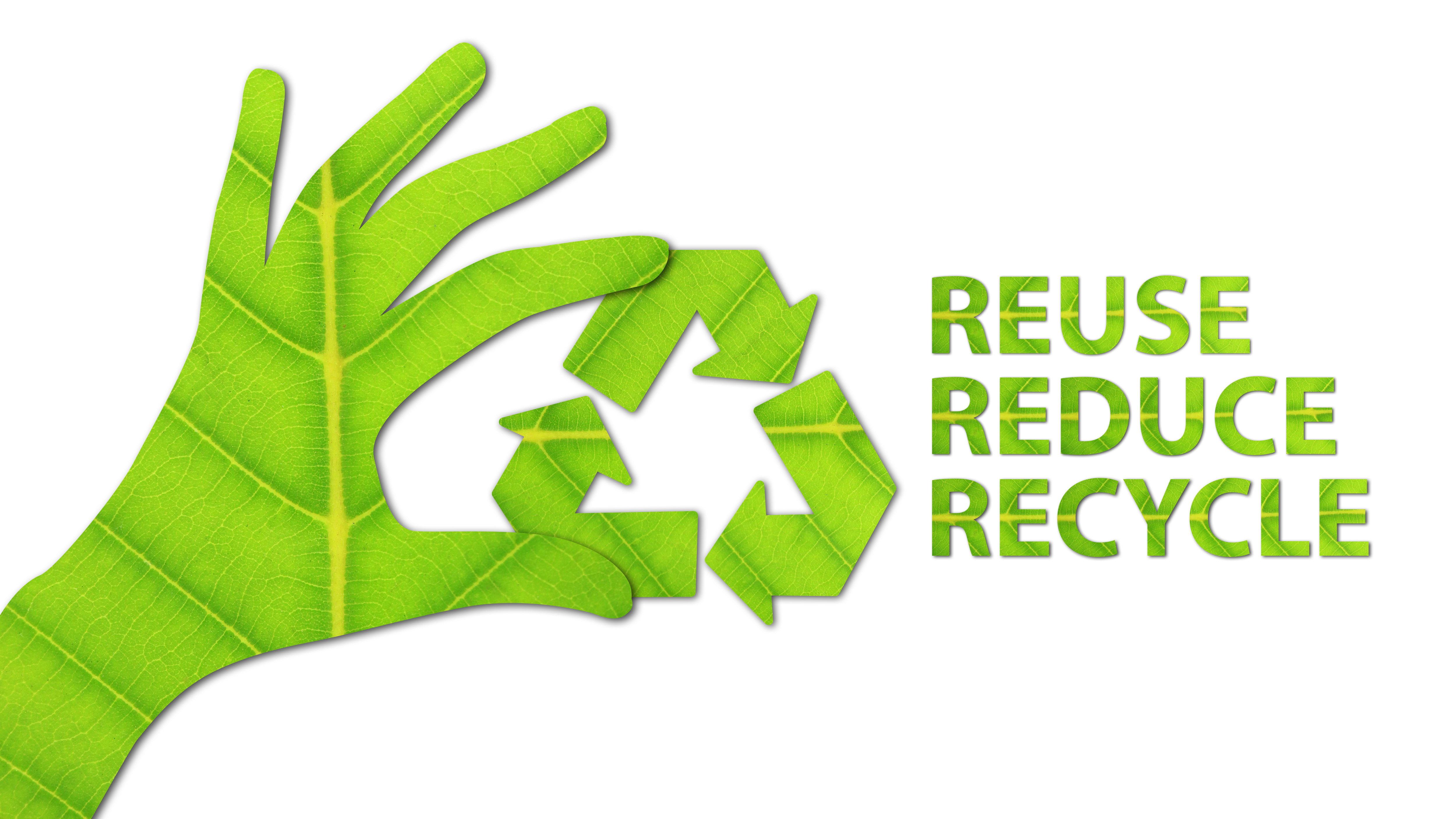
Reduce, Reuse, Recycle is sometimes referred to as the ‘Three Rs’ of recycling. These three terms all refer to ways that we can minimise the amount of materials that we use, the amount of the Earth’s resources that we use, the energy that we use and the amount of waste which we produce in our everyday life. The terms are often used when we talk about how to be more environmentally friendly, how to be greener, how to be ecologically sound and how to live sustainably.
Reduce is first on the list because it is the best and most important way of minimising your impact on the Earth’s environment. It means that you try to reduce the amount of materials that you use and also the resources such as fuel and water that you use. This can be done by not buying items that you do not need, only replacing items when they can no longer be used or are beyond repair. If an item is damaged, try to repair the item rather than buying something new. Also not buying and using single use items such as straws, plastic cups and drinks that are sold in plastic bottles which are used once then thrown away, which leads us on to
REUSE…. If you have an item that you can no longer use or simply do not want, but is still in perfectly usable condition, you should try to find a way that it can continue to be used rather than throwing it away. Try upcycling the item, which means making it into something completely different – read our blog post here on ‘what does upcycling mean? What is the difference between upcycling and recycling?’
Other examples of ways that you can reuse would be; selling an item, or giving it to a friend, so it can be reused by someone else who can make use of it, extending its use instead of sending it to landfill.
The third of the three R’s is Recycle. When we say recycling, it means to break down an item and to make something new from the materials. Processing these materials still requires time, energy and cost, therefore an item should ideally only be sent for recycling if there is no other way that it can be reused or repaired. It is the last term on the list because it is in fact the least useful of the three ways of reducing your impact on the planet, however it is still vastly better than sending waste to landfill.
There are many different materials that can be recycled thees days…
- Textiles (clothing and bedding) which cannot be used or mended can be used to make cleaning rags, or for filling furniture.
- Waste paper can be pulped and used to make new pieces of paper.
- Plastics can be melted down and made into new plastic items.
- Electrical items can be broken down and the metal components melted down to make a new item (this is particularly important in the recycling of mobile phones as they contain small amounts of rare and valuable metals.) The plastic casings can also be recycled.
- Glass can be melted down and made into new glass items.So to minimise the impact that your lifestyle has on the planet, you can do this by considering all of the ‘Three R’s’. Reduce the amount of materials that you consume, reuse items that can still be used and then ensure that any item that is recyclable is sent for recycling when it’s useful life is over.
Recycling Bins
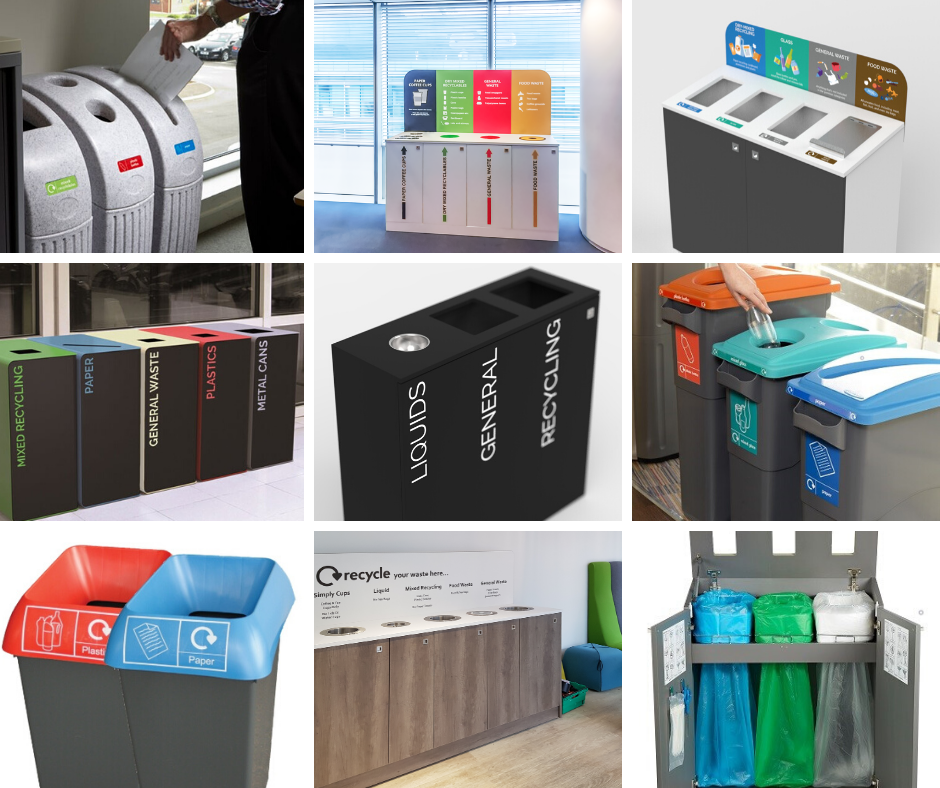
Recycling bins are available not only for homes, but for schools, offices, large organisations and manufacturing facilities, in a wide range of designs, colours and sizes. Not only can you design your own recycling bin to match your décor, you can choose the correct waste streams needed for your organisation. You can even have a liquid waste chute, or a confidential waste chute with a lockable lid! Our bespoke recycling stations are popular in so many different organisations, as they are more like a stylish piece of furniture than a bin.
You can even get large industrial style recycling bins for using in warehouses or production areas.

Select a bin that is the proper size for the amount of rubbish generated. Make sure it is large enough to avoid it overflowing. Consider the best place to put the recycling bin station where it will be seen and used!
Many businesses are now abolishing ‘under the desk’ waste bins, alternatively favouring a centralised recycling and general waste bin station. Placed in an easy to get to, open area in the office, corridors or break out areas, creates good awareness, and reduces the amount employees mindlessly throw In the bin beneath their desk – which could be recycled.
Investing in recycling bins is an asset that will assist in cost-savings, energy savings and the environment, helping your become a more sustainable company. Proper use of recycling bins aids a better, cleaner, greener world.
Conclusion on why recycling bins help the environment
Recycling is very important as waste has a huge negative impact on the natural environment. Imagine if every large business and manufacturing facility drastically reduced the amount they sent to landfill… By correctly recycling items, it would have a hugely positive impact on the environment.
- Harmful chemicals and greenhouse gasses are released from rubbish in landfill sites. Recycling helps to reduce the pollution caused by waste.
- Recycling reduces the need for raw materials so that the rainforests and other raw materials can be preserved. Habitat devastation and global warming are some the affects caused by deforestation.
- Huge amounts of energy are used when making products from raw materials. Recycling requires much less energy and therefore helps to save natural resources.
- Recycling reduces the amount of waste to be sent to landfill. Our landfill sites are filling up fast in the UK, and landfills also damage nature in the surrounding area.
- While waste in landfill is biodegrading it produces a ‘landfill gas’ which comprises of carbon dioxide and methane. This can be harmful to humans and animals, particularly the future generations.
Find out here how you can get a recycling bin station customised to suit exactly what your organisation needs. This can help you reduce the amount you send to landfill, and recycle more.
Other posts you may be interested in…
New office fit out? Ideas on how to make your space more environmentally sustainable.
How can I reduce the carbon footprint in my organisation? Is it possible to become carbon neutral?
All Your Questions Answered on Coffee Cup Recycling…. And What is the Best Coffee Cup Recycling Bin?
What Can and Can’t Be Recycled? Recycling Guide
Office Recycling: How can I encourage my staff to do the right thing?

